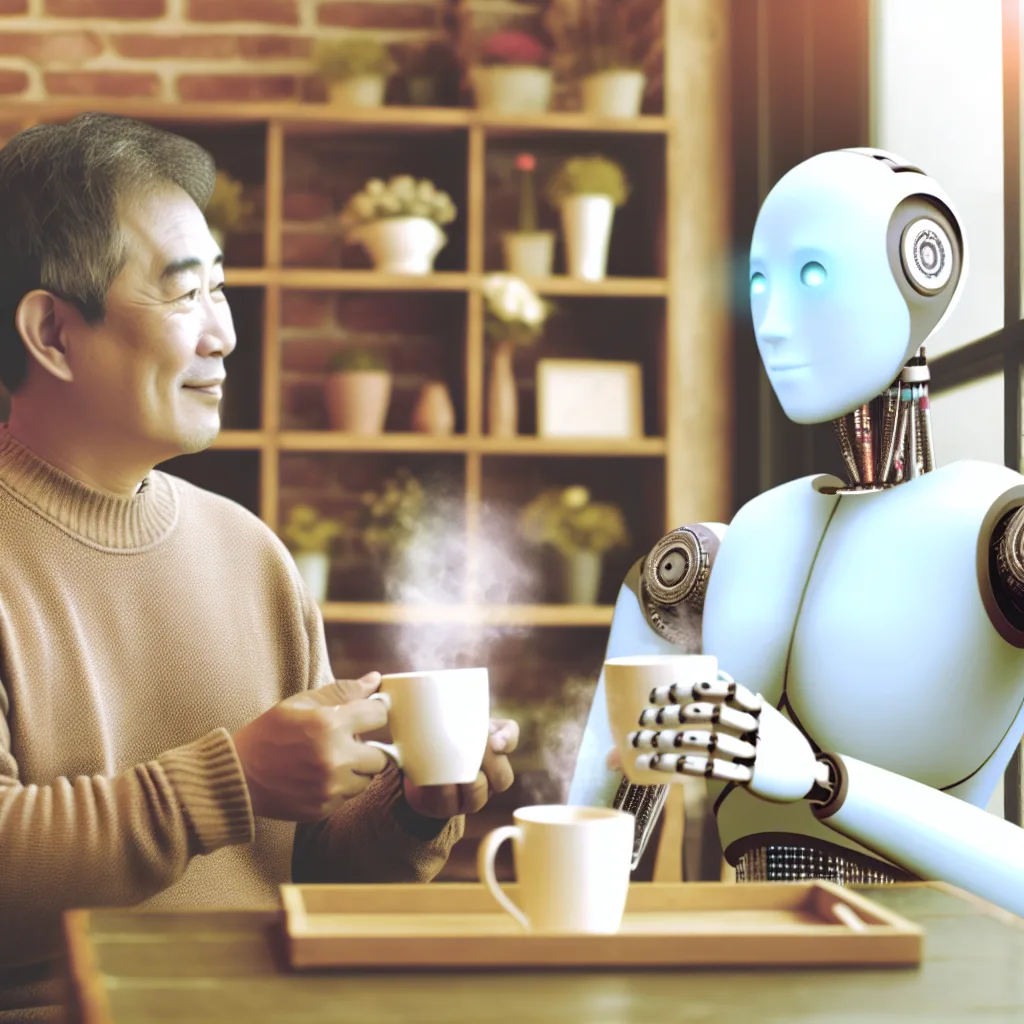Understanding the quirks of AI and why it’s not always right about everything
Let’s talk about AI expectations for a minute. It’s wild how many folks think artificial intelligence should always get things right, like it’s some infallible oracle. Spoiler alert: AI doesn’t work that way. In fact, expecting AI to be correct all the time is not just unrealistic—it misses what AI is really about.
AI Expectations: Why It’s Not Always Spot On
AI learns from a massive amount of data—stuff collected from all sorts of sources with different levels of accuracy, different intentions, and plenty of nuance. The problem? AI doesn’t truly understand this data the way humans do. It’s fed information, but it’s rarely flagged or tagged in a way that helps the system know what’s trustworthy or what’s just noise. This means AI can sometimes recommend ideas that seem totally off, like suggesting eating rocks or making weird crafts you wouldn’t touch with a ten-foot pole.
This happens because AI leans heavily on its training data, and that data reflects the status quo—the way things have been, not necessarily the best or most innovative path forward. So, AI ends up caught in this logic loop where it replicates past info and patterns without questioning them or figuring out better solutions on the fly.
The Limitations of AI: Why Precision isn’t Its Strength
If you were hoping AI would act like a perfect calculator or a super precise tool, you might be disappointed. AI often resorts to approximations instead of pure calculations, and it doesn’t naturally double-check its own work unless specifically programmed to do so. Sometimes its outputs can be long-winded, confusing, or just plain wrong, like a complicated patch script that does more harm than good.
Plus, AI can act as if it’s human, but it’s far from it. It doesn’t have the ability to truly understand your goals or the specifics of the problem you want solved without detailed guidance and clear parameters. For instance, telling an AI to build you a full website without a team or partners in a set time frame might lead to a lot of wasted energy debating whether to proceed rather than just getting on with the job.
Guard Rails and Trust: Why AI Needs Boundaries
One of the big issues with AI is that it can generate totally bogus answers that break logical or factual rules because it lacks solid guardrails built from the get-go. Developers often have to add all sorts of restrictions later, which feels like putting a band-aid on a bigger problem. The truth is, good AI engineering should involve forethought to prevent these mistakes in the first place, not just patching them up after the fact.
What AI Really Is (And Isn’t)
If you think of AI as a mirror reflecting humanity, you might want to rethink that. It’s more like a “naïve” learner stuck with the data it’s been fed, unable to break free without new algorithms or ways to keep learning and questioning itself. You have to be really careful with your words and expectations because AI won’t magically come up with original ideas or shortcuts unless it’s explicitly designed for that.
Validating AI’s own accuracy is one of its toughest challenges. It often says things because the data tells it to, not because it’s independently “right.” So, trusting AI blindly is a bad move. We humans have to keep our own judgment and skepticism in check when relying on AI outputs.
Wrapping Up: Being Real About AI Expectations
AI is not a mind reader or an automatic genius—it’s a tool shaped by the data and instructions it receives. It can help with productivity and many tasks if you use it wisely, but expecting perfection is asking for disappointment. Think of it more like a helpful assistant that needs clear guidance, ongoing tuning, and your common sense to make it truly effective.
For those curious to dive deeper into how AI models learn and their limitations, check out OpenAI’s research page and Google AI’s overview.
So next time someone talks about AI as if it’s flawless, you can share a bit of this perspective. It’s about managing AI expectations with a dose of reality, kindness to the tech, and understanding that while AI is powerful, it’s far from perfect.
Thanks for hanging out and chatting AI with me today. If you want more friendly tech insights, stay tuned!
